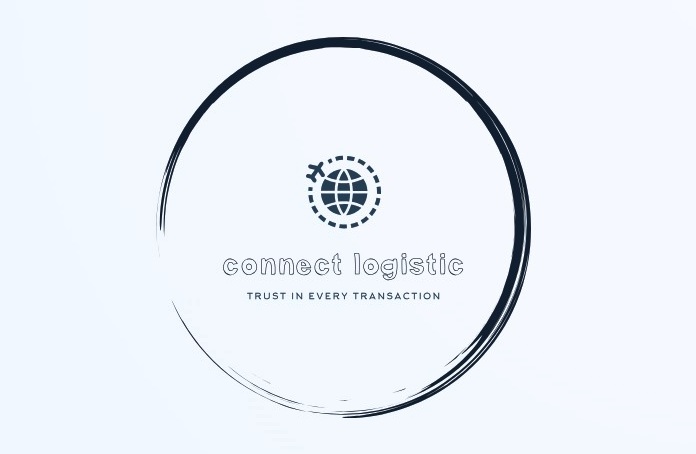Perfect for Any Business
Ocean Freight
Delivery Within Delivery Within 14 Days
Ocean Freight
- Connect Logistic S.L. protects both parties (sellers and buyers)
Here are some key aspects of ocean freight services:
- Containerization: The majority of ocean freight is carried in standardized containers, which come in various sizes (e.g., 20-foot, 40-foot, and high cube containers). This method simplifies loading, unloading, and storage and helps protect goods from damage during transit.
- Types of Cargo: Ocean freight can accommodate a wide range of cargo types, including manufactured goods, raw materials, machinery, vehicles, consumer goods, and more. Specialized vessels are available for transporting perishable goods, hazardous materials, and oversized cargo.
- Container Shipping: This is the most common method of ocean freight. Goods are loaded into containers at the point of origin, sealed, and then transported to their destination. Containerization makes it easy to transfer goods between different modes of transportation (ship, truck, train) and reduces the risk of theft and damage.
- Bulk Shipping: Certain types of cargo, such as grains, coal, ore, and liquids like oil, are transported in bulk carriers without the use of containers. These ships have specialized storage holds for easy loading and unloading of bulk cargo.
- Routes and Ports: Ocean freight services connect ports worldwide, facilitating international trade. Major ports and trade routes are strategically located to serve as hubs for global commerce.
- Freight Rates: Ocean freight rates vary based on factors like distance, route, cargo type, container size, and market conditions. Shipping companies and freight forwarders help shippers find the best rates and options for their cargo.
- Transit Times: Transit times for ocean freight can vary significantly depending on the origin, destination, and the chosen shipping route. It’s important to consider these transit times when planning international shipments.
- Customs and Documentation: Importers and exporters must comply with customs regulations and provide the necessary documentation for international shipments, including bills of lading, customs declarations, and certificates of origin.
- Environmental Impact: Ocean freight, while efficient for moving large quantities of goods, has an environmental impact due to emissions from ships. Efforts are being made to reduce the carbon footprint of the shipping industry through cleaner technologies and practices.
- Tracking and Visibility: Modern ocean freight services often offer real-time tracking and visibility through digital platforms, allowing shippers to monitor the status and location of their cargo during transit.












